Description
Day 1. Arriving in Tokyo, checking into a hotel, getting to know each other
Day 1
We arrive in Tokyo and immediately we will be fully immersed in the atmosphere of the indescribable flavor of the Japanese capital. These are high-rise buildings with bright colorful lights and shop windows, three-level freeways, extravagantly dressed young people, countless white collar workers and Japanese women who walk the streets in expensive
elegant kimonos.This is something that catches your eye right away. But the real Tokyo will be revealed to you gradually: these are beautiful parks, small cozy streets with attractive tiny cafes that have a long history, neat two-story houses surrounded by greenery
.What we'll see:
- Shinjuku skyscrapers, Shibuya's famous crossroads
- Samai's famous fish market and delicious sushi for lunch
- Brilliant trendy Ginza, Kabuki theater
The huge mass of impressions that the multi-million metropolis is fraught with is guaranteed.
Day 2. Odaiba Island and Tokyo Waterfront
In order to better understand the peculiarities of Japanese life, you need to take a good look at Tokyo and be sure to wander along the shores of Tokyo Bay. Japanese life is all about dancing with the sea all the time. The sea gives the Japanese people endless possibilities
.So in the morning we'll go on an unmanned monorail trip to the huge artificial island of Odaiba, built on embankments reclaimed from the sea. Along the way, you'll have the opportunity to enjoy breathtaking views of the city and the sea, as well as cross the Rainbow Bridge, which is known
as Tokyo's hallmark.We will spend an unforgettable day on the island.
And when you see all the variety of things you can see here and what it feels like to get, you will have to make a choice so that you just have enough strength until the evening.
Odaiba Island is a real city within a city: futuristic buildings, extraordinary shopping malls and breathtaking views.
It houses the headquarters of one of Japan's largest private TV companies, shopping centers, entertainment venues, and offices of well-known companies.
TheMiraikan Future Pavilion is the National Museum for the Development of Science and Innovation. This is the main showcase of modern technologies for talented Japanese
people.Toyota-Mega Web is the showroom for the latest Toyota models.
Retro Garage, where you can fully immerse yourself in 1960s Japan and take advantage of the unique opportunity to see different brands of vintage cars.
Day 3. Asakusa
Asakusa is one of the most vibrant and interesting districts and has retained the flavor of old Tokyo. This area was formed during the Edo era as the city's shopping and entertainment center.
The SensojiTemple Complex (, Sensoji) is located here, a Buddhist religious complex. Sensoji is one of Japan's great cultural and religious icons and was built in 628.
On the way to the temple, we will take a walk along Nakamise-dori shopping street, which has a history of more than 100 years. Here you will find countless original Japanese souvenirs. At the entrance to the complex, there is a huge gate with the Kaminarimon bell.
Then you'll return to modern Tokyo with its intense rhythm and crazy atmosphere. Tokyo is one of the fashion capitals in the world, and to fully experience this, we will visit the Omotesando district. The well-known Harajuku district is located here and is a true symbol of Japanese youth culture. People come here to see the inimitable fireworks of colors, textures and eccentricity, to
recharge themselves with the indescribable feeling of a bright, stunning holiday.In the evening, the dynamic and inimitable Shinjuku skyscraper district awaits you.
During theday, Shinjuku is an administrative center with unique galleries and gardens, and in the evening, a big party starts here. Restaurants, love hotels, red light district. You have to see this with your own eyes.
Shinjuku Station is listed in the Guinness Book of Records as the most visited station in the world.
And here you can admire the bright lights of Tokyo's already night-time panorama.
Day 4. Kyoto is the ancient capital of Japan
We'll head to Tokyo Station early in the morning and take the Shinkansen bullet train in just over two hours to reach Japan's ancient capital, the incomparable city of Kyoto.
Kyoto - “The homeland of the soul. The heart of Japan” - that's how the locals call it
This is a city where everything that embodies the spiritual essence of Japanese culture and the national identity of the Japanese are concentrated.
The Golden Pavilion - Kinkaku-ji Temple is an unparalleled building completely covered in gold — the place we will visit first.
We will walk around the famous Gion district, which has preserved the history of geisha art for several hundred years.
We will definitely visit the Ninna-ji temple complex, where the stunning sakura garden is located, and we will admire it according to all the rules that exist in Japan.
Arashiyama is a famous bamboo grove located near the wide beautiful river across which the Togetsuke Bridge spans. It is best to come to this place in the morning to feel the special atmosphere of this place.
Day 5. Nara, ancient temples, deer park
Nara is the first ancient Japanese capital Today we will get to know the most beautiful city in Japan - Nara.
The historic center of this city is fully included in the UNESCO World Heritage List. The
charm and peculiarity of Nara is the tame deer that roam freely through the streets and parks and are a national treasure of Japan.
In Nara, we will visit the most ancient and iconic temples. Todai-ji Temple Complex, home to the largest Buddha statue, which will always give peace of mind
and answer any requestThe Kasuga Taisha Shinto Shrine, located in a fairy forest, is famous for its more than 3,000 lanterns.
Kofuku-ji Temple is one of the eight oldest buildings in Nara. Its treasury houses one of Japan's finest collections of Buddhist art.
Day 6. Uji is the birthplace of Japanese tea. Fushima Inari
Uji is the birthplace of Japanese tea
Thecity of Uji is not far from Kyoto. Green tea from these places is considered to be one of the highest quality in Japan. The tea house will host a tea ceremony especially for us and we will be able to enjoy freshly made maccha tea. Here we try ice cream and chocolate made from tea leaves
.We will also visit the magnificent Byodo-in Buddhist temple, which is more than 1000 years old and can be seen on all 10 yen coins.
We'll take a walk along the gorgeous waterfront along the Uji River, watching the narrow boats that glide across the water's surface, and enjoy the peace and quiet that can be felt in such provincial places.
And then we'll visit the F Ushimi Inari Taisha Temple, the main Japanese shrine in honor of Inari, the goddess of harvest and business success. A seemingly endless series of bright orange torii gates leads up Mount Inari, creating an impressive view, one of Japan's most famous.
Return to Tokyo in the evening.
Day 7. Yokohama, Port of the Future
Yokohama is home to one of Japan's largest ports, a satellite city of Tokyo, the second largest city in Japan. You'll learn the fascinating story of Japan's discovery after more than 250 years of isolationism from other countries. The port of Yokohama became a window through which locals got acquainted with the cultural trends
of other countries.Yokohama is 30 kilometres south of Tokyo. Due to its proximity to the capital and convenient access to the sea, this city was the first port to open its doors to foreign ships in 1859.
Yokohama's trademark is the 70-story Land Mark skyscraper, which rises 296 meters above the ground. It is both the symbol of Yokohama and Japan's second tallest building. The Sky Garden observation deck on the 69th floor offers panoramic views of the bay (it takes 40 to get up (!) seconds).
And then we'll take a walk through the modernist district of Minato Mirai 21, the port of the future, where unusual design ideas are brought to life.
If you wish, you can ride one of the world's tallest Ferris wheels at the amusement park, which is 112.5 meters high and has a capacity of 480 people.
A walk through Yamashita Park along the waterfront provides an insight into the rich cultural exchange between Japan and Western countries.
The highlight of our program is a visit to Senkei Hara, one of Japan's picturesque gardens, founded in 1868 by silk merchant Sankei Hara. In the garden, you find yourself in an open-air historical museum. The buildings in the park are considered to be Japan's national cultural monuments. Many varieties of different plants are planted in the park. The shores of the pond are picturesque at any time of the year. Plum blossoms here in winter, sakura, azalea, wisteria in spring, irises in summer, and tree leaves turn bright yellow and red in autumn. At the tea house, we'll enjoy a bowl of matcha tea with Japanese wagashi
sweets.Yokohama Chinatown is one of the largest Chinatowns in the world. Its origin also dates back to 1859, when Japan was on the verge of “discovery”. Yokohama then became the country's main trading city and the Chinese “flooded” here to establish trade. Today, Yokohama Chinatown is home to more than 500 Chinese restaurants and stores selling all kinds of Chinese goods. The main symbol of Chinatown is a temple dedicated to the god of prosperity in trade, the Kantei Byo Temple.
Yokohama is home to a colourful noodle museum and a silk museum.Day 8. Transfer to the airport
Transfer to the airport. Departure.

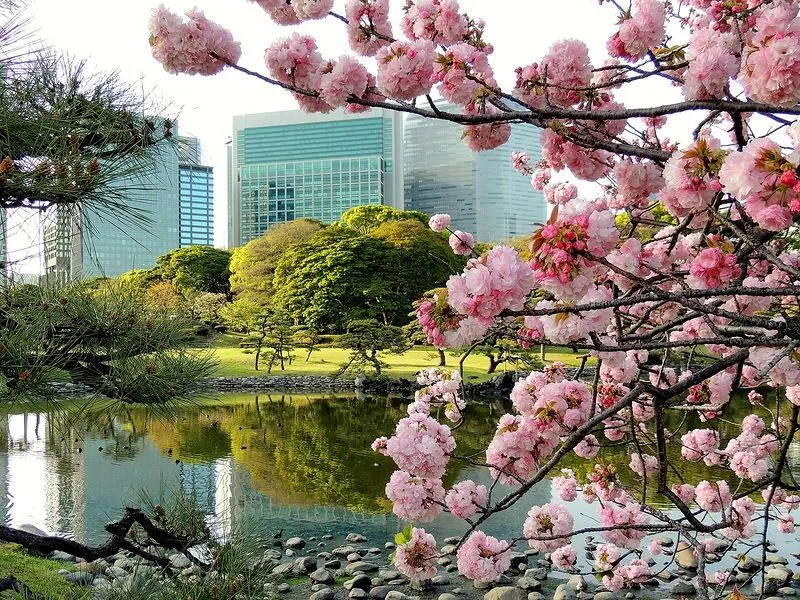
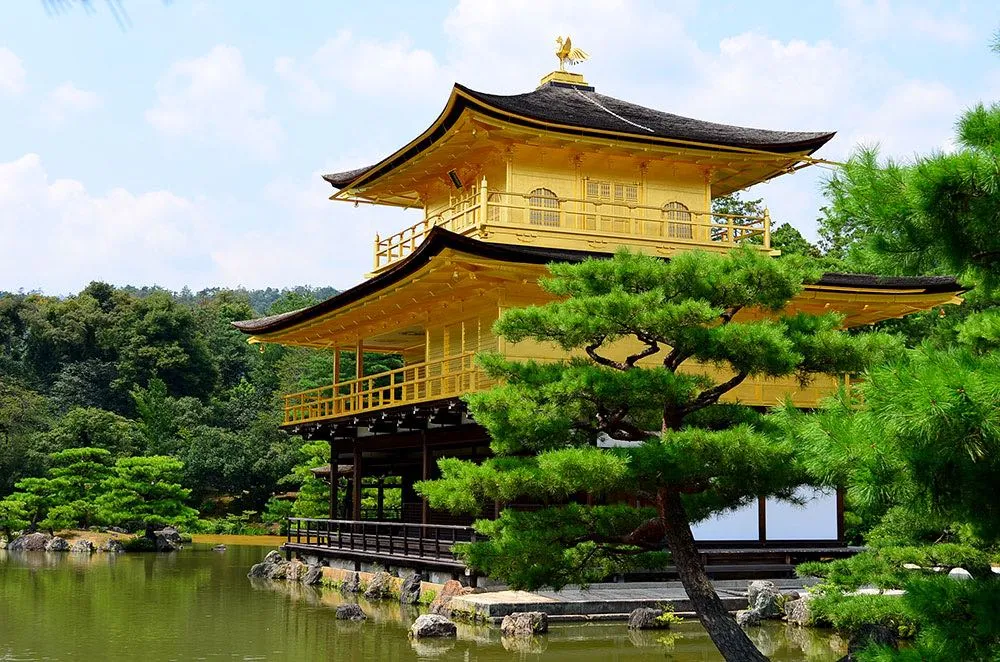
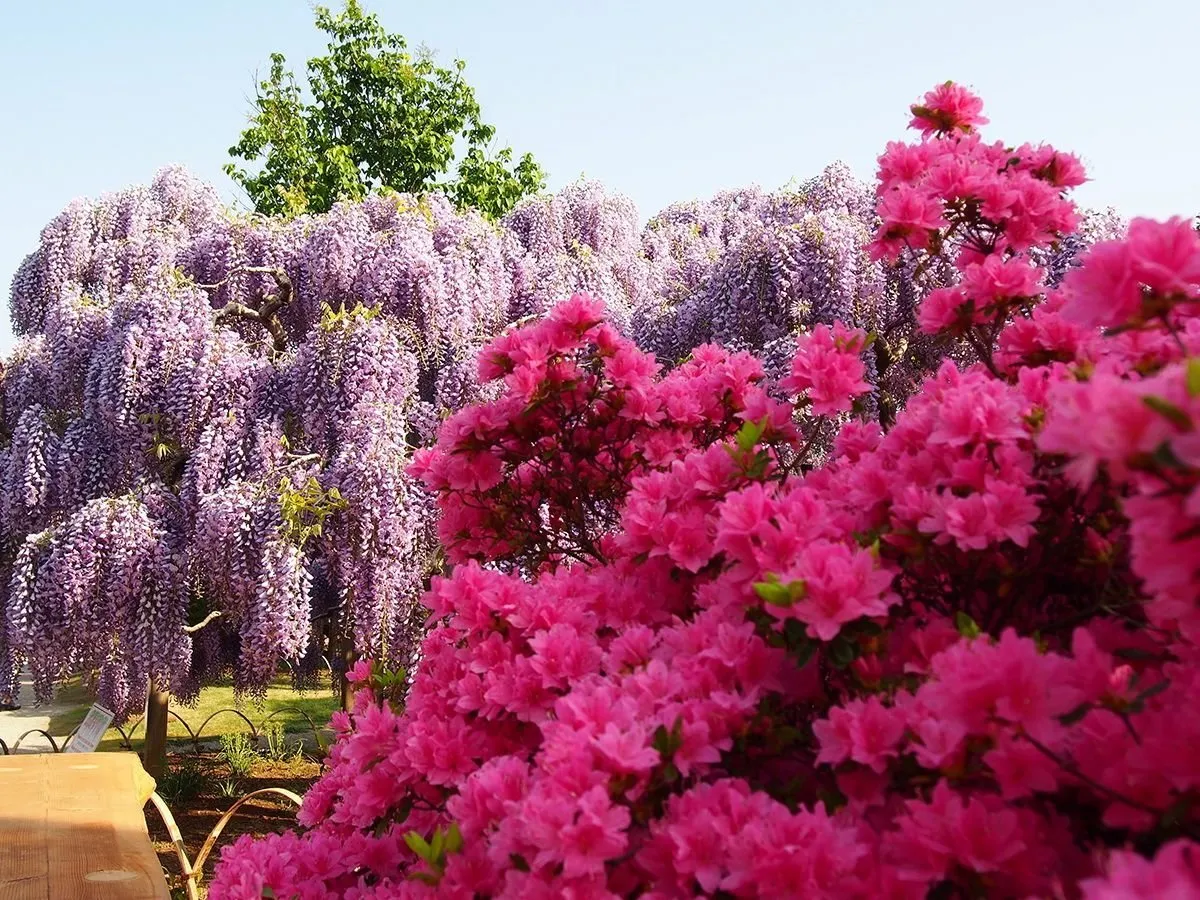
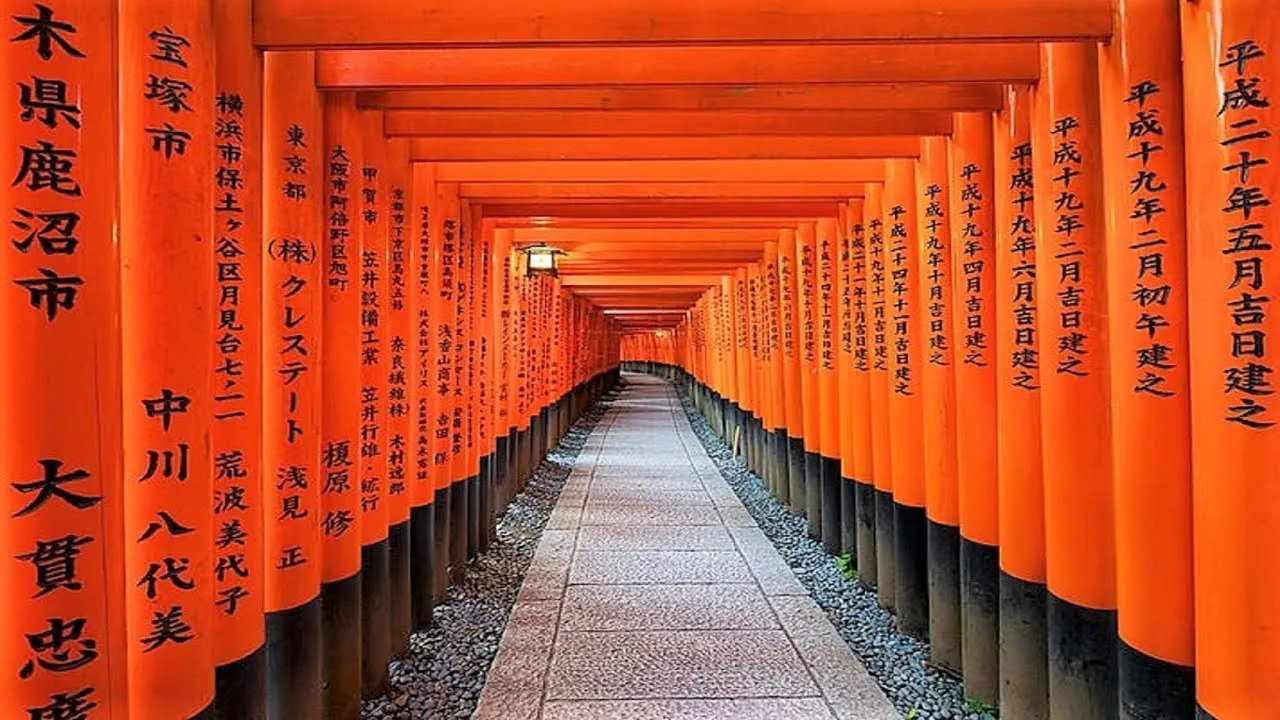
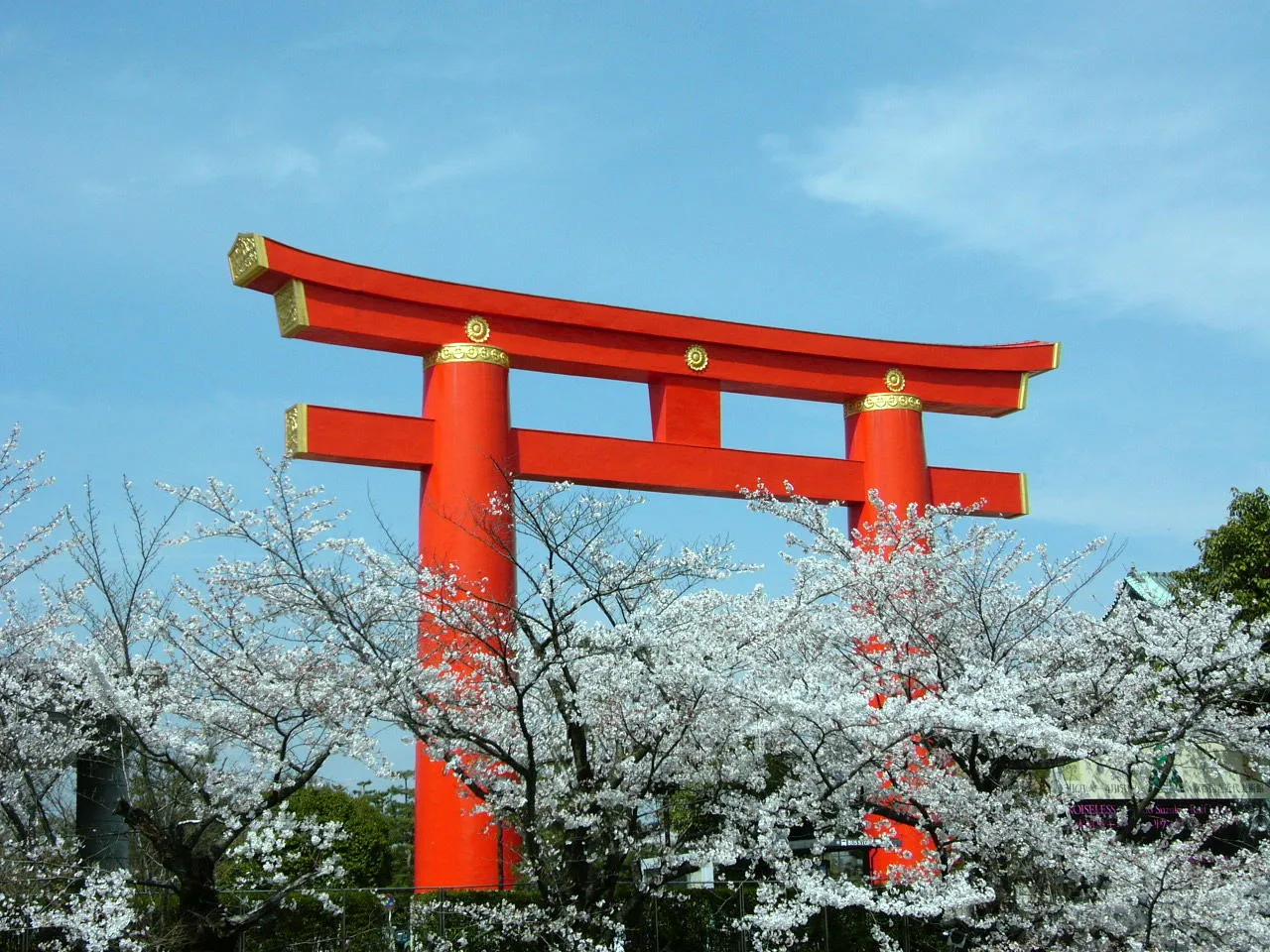
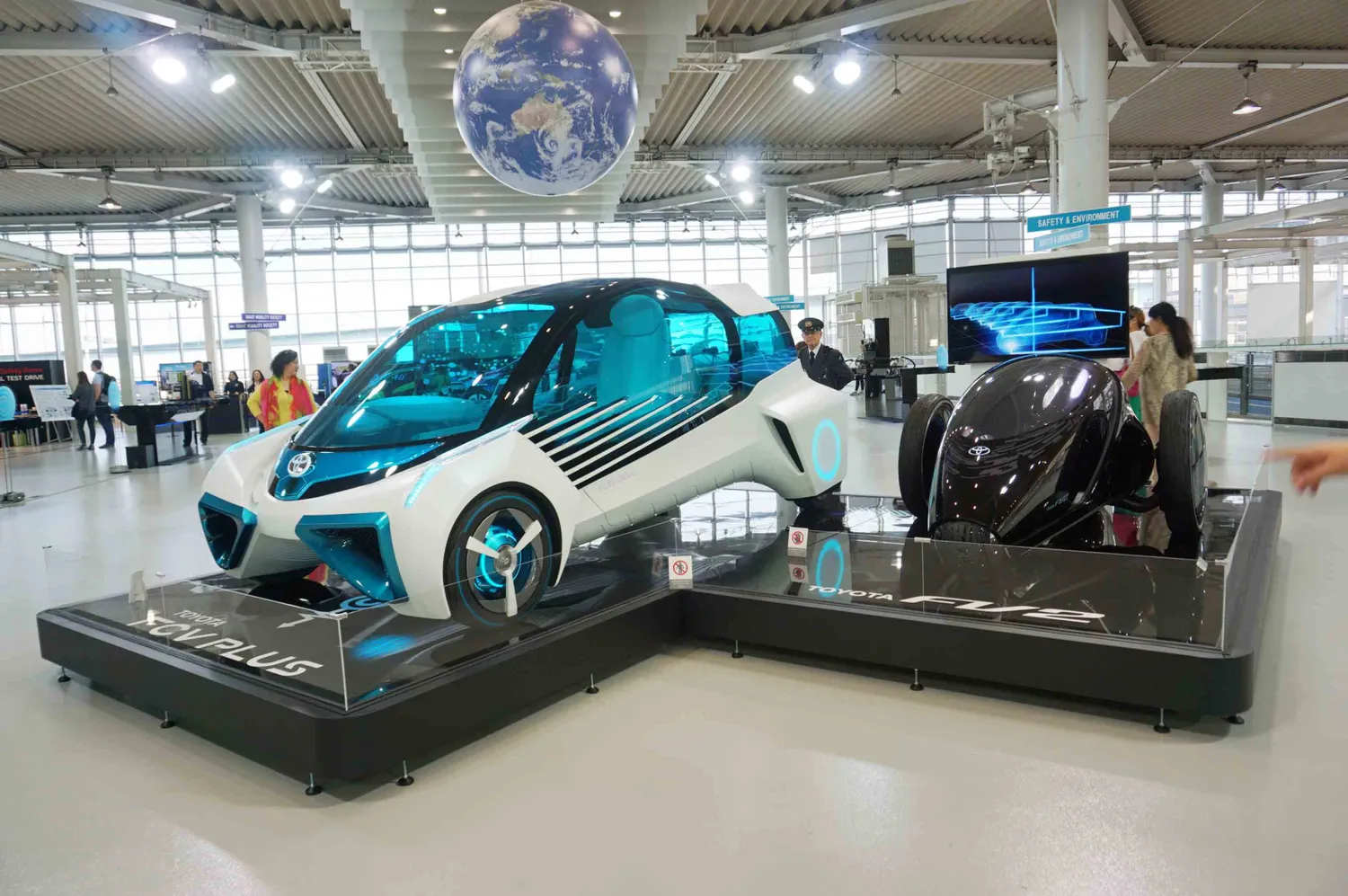
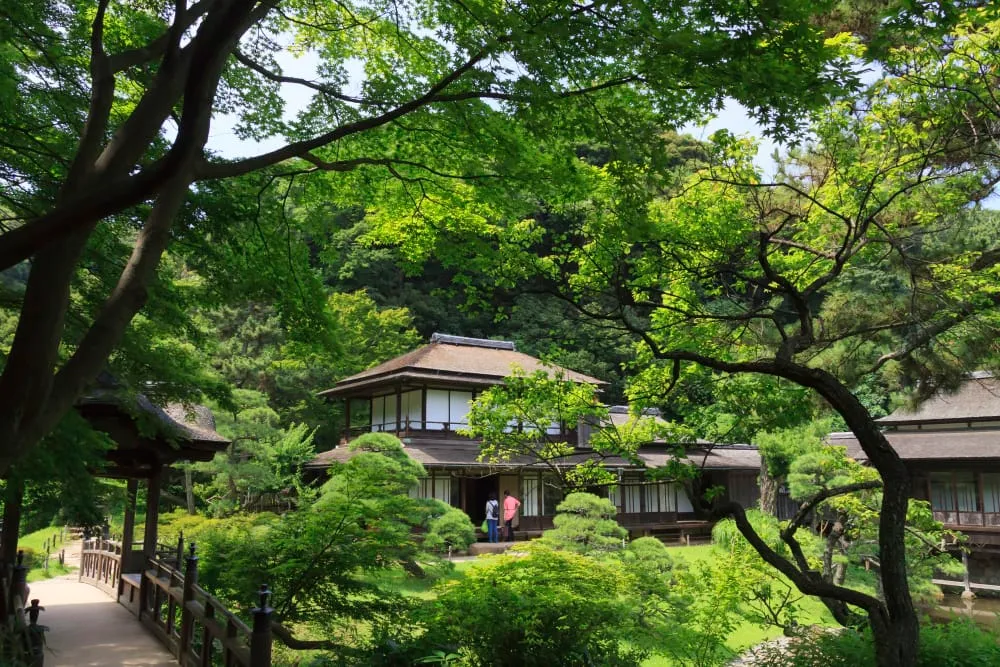
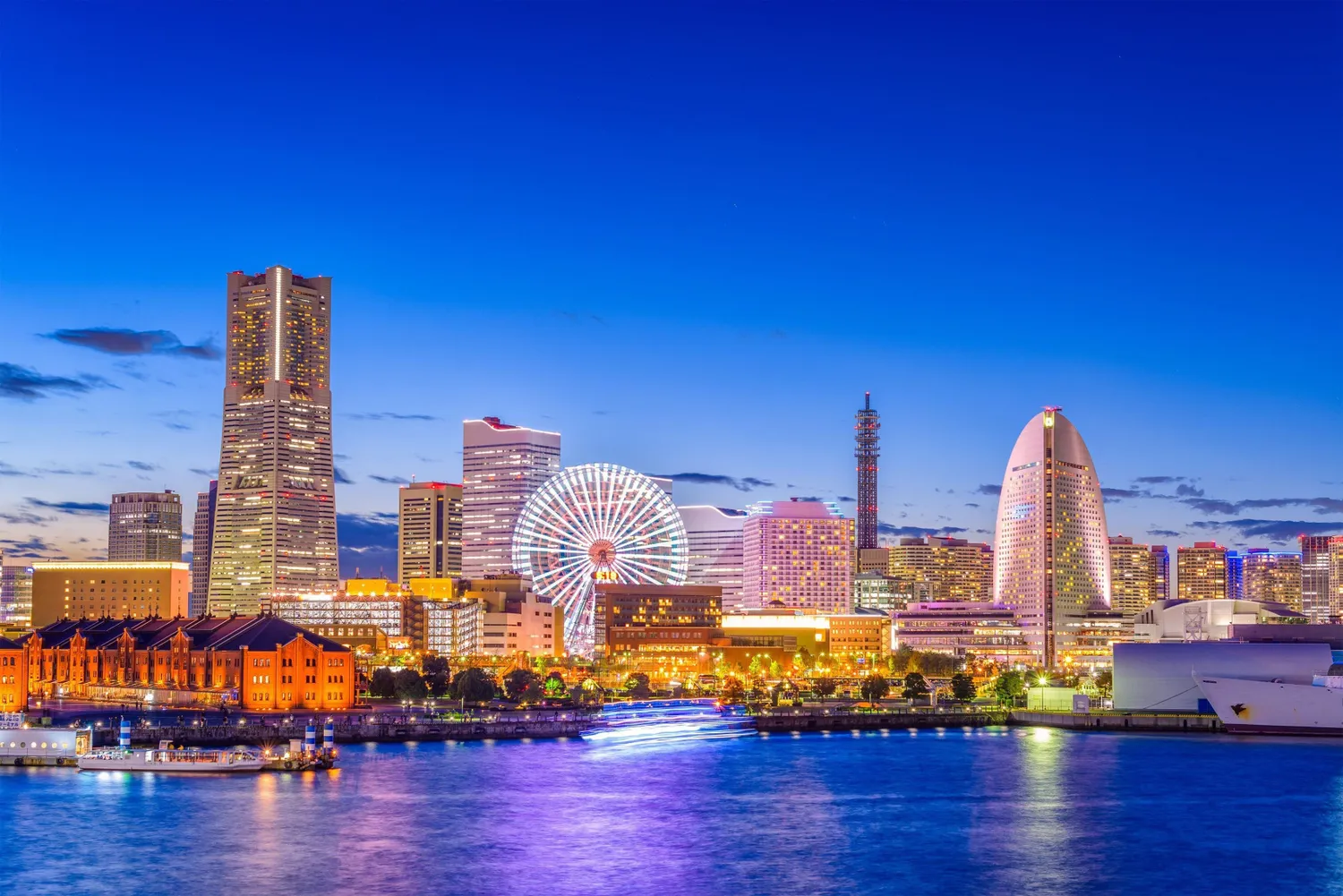
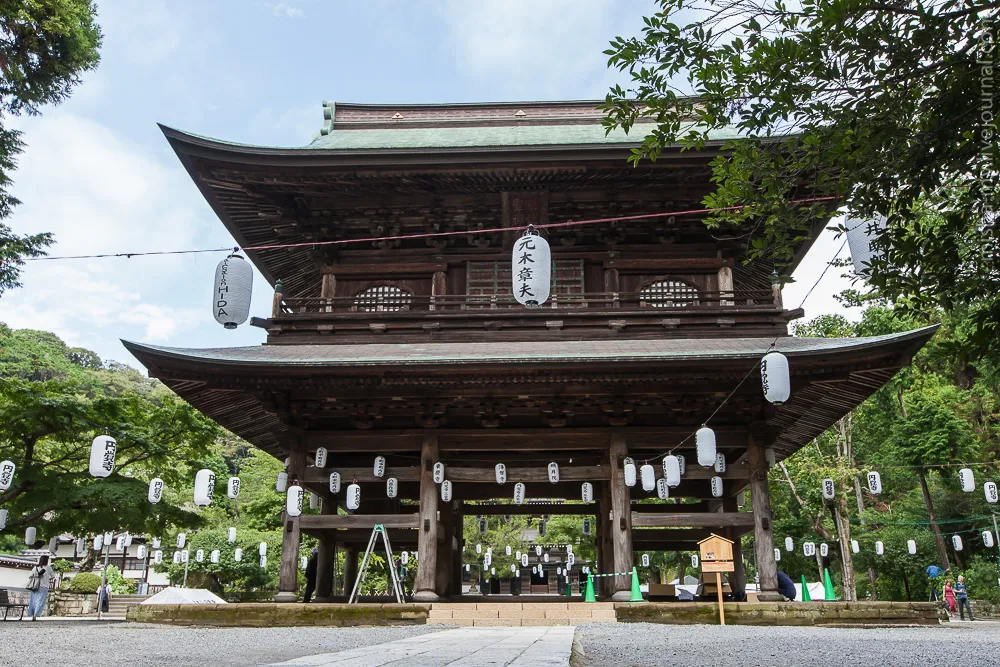
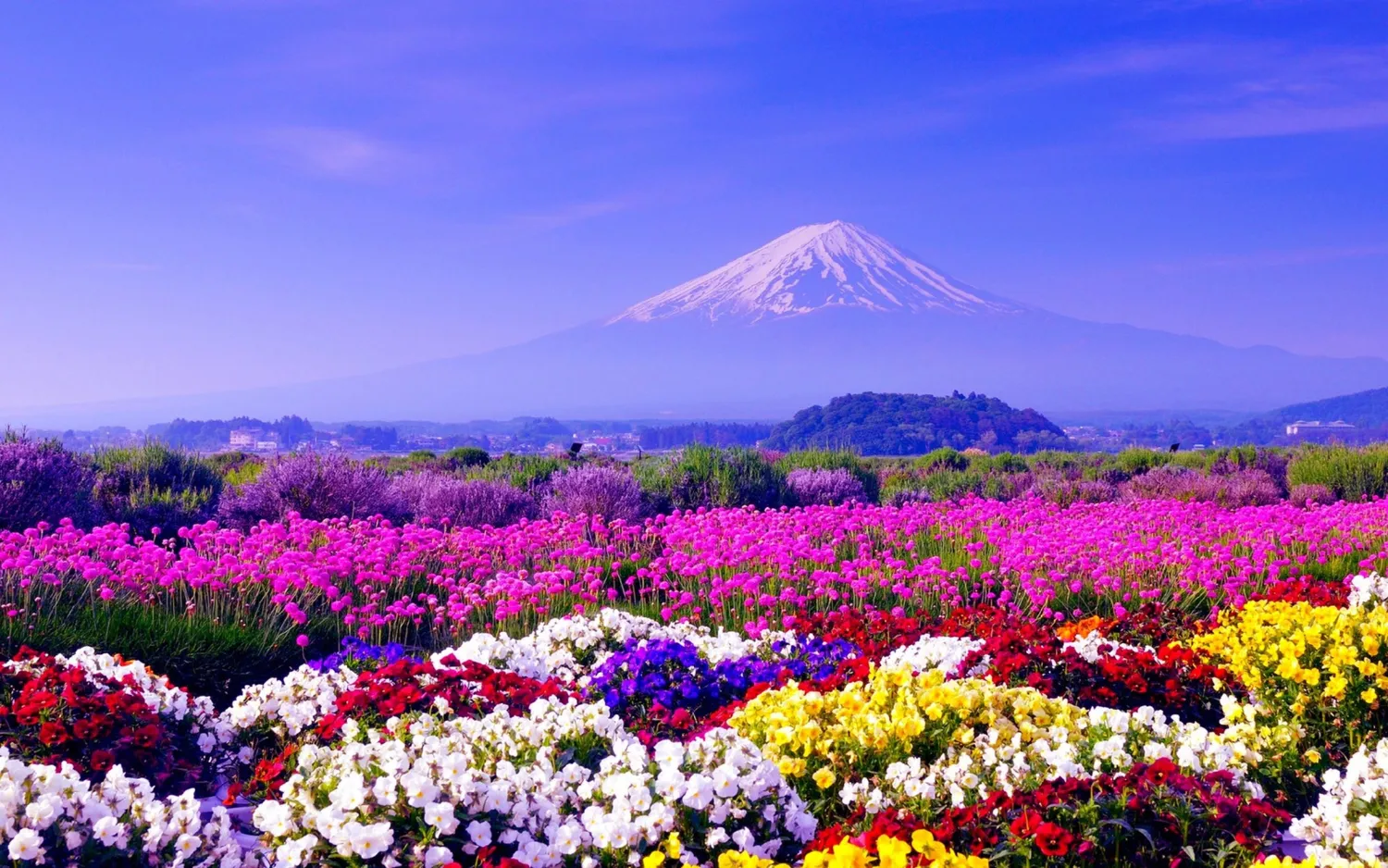
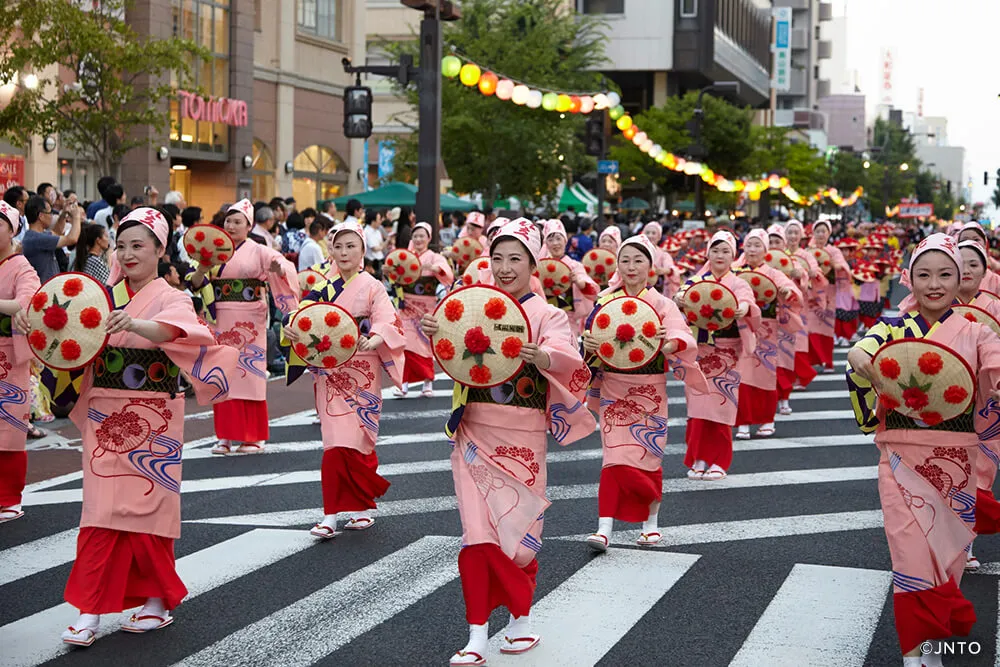
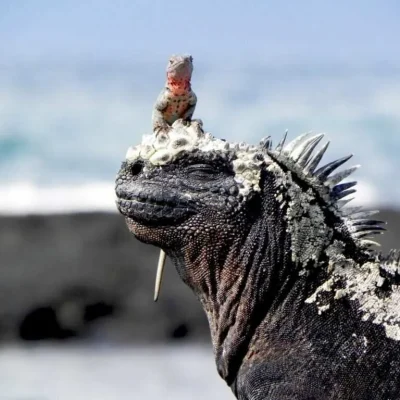
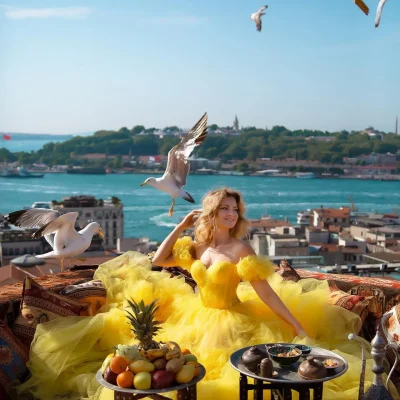
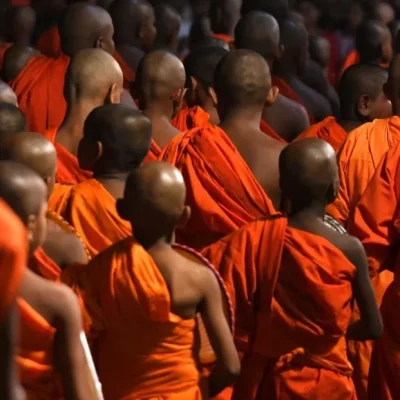
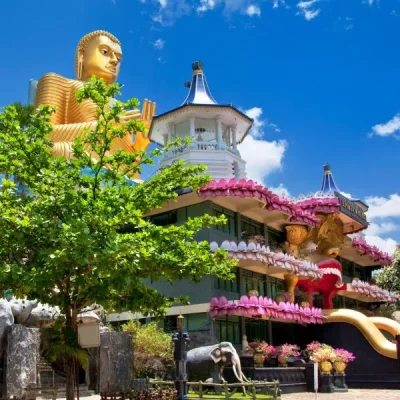
Follow Us